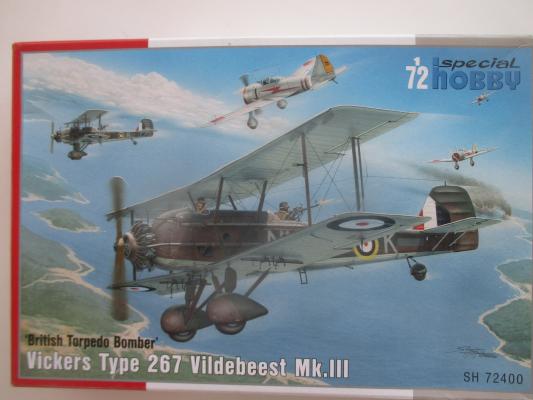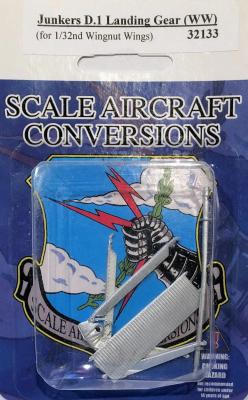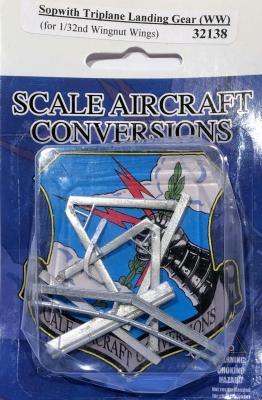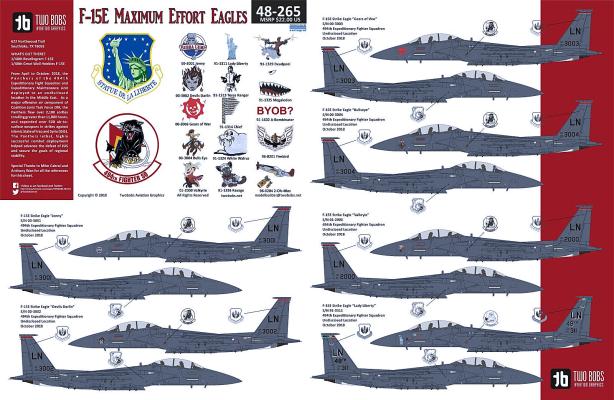HISTORY
The Vickers Vildebeeste design originated as a result of Air Ministry Specification 24/25 for a land based torpedo bomber to replace the Hawker Horsley, with the first prototype flying in April, 1928. The plane was of all metal construction with mainly fabric cover. Power was provided by a Bristol Jupiter VIII radial engine. Development continued, with the first production models flying in 1932. The design was upgraded over the years, with 9 Mk. I’s (Bristol Pegasus), 30 Mk. II’s (Bristol Pegasus IIM3), 150 Mk. III’s (A Mk. II with provision for a third crew member) and 18 Mk. IV’s, (825 hp. Bristol Perseus radial enclosed in a NACA cowling). In 1931, Vickers developed a modified Vildebeeste as a general purpose type to replace the Westland Wapiti, and this aircraft, which was essentially similar to the Vildebeeste Mk. II, emerged as the Vincent, with additional fuel replacing the torpedo equipment.















